In the dynamic world of 2023, 5G smartphones aren’t just devices; they’re game-changers. As the digital heartbeat of global commerce accelerates, these cutting-edge devices are empowering businesses with unparalleled connectivity, driving seamless operations, and fostering instant collaborations. For online retailers, understanding the 5G smartphone landscape is more than just staying updated—it’s about harnessing a tool that’s redefining the very essence of business communication and transaction.
Table of Contents
The rise of 5G: Why it’s more than just speed
Key players in the 5G smartphone arena
Decoding the best features for 2023
The rise of 5G: Why it’s more than just speed
Understanding 5G technology
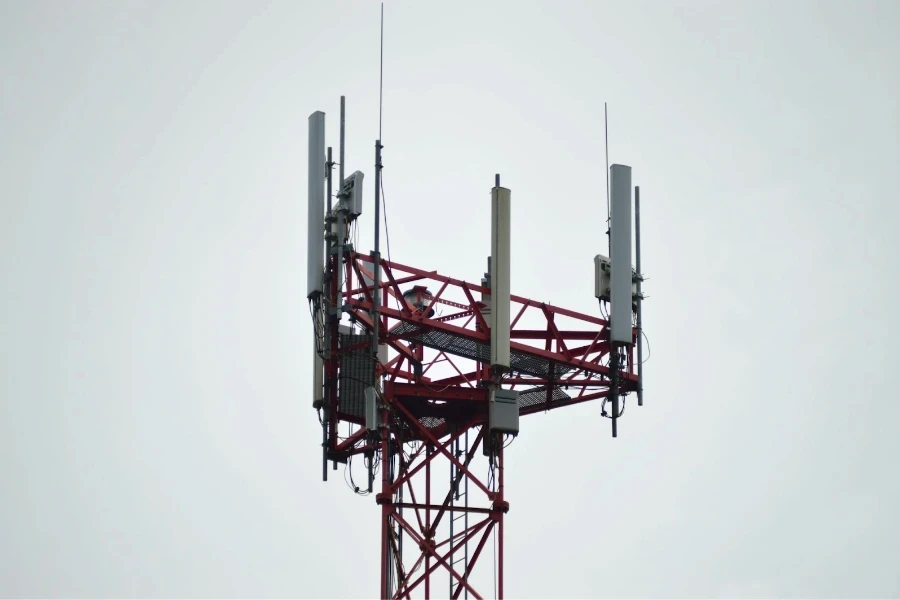
The journey from landlines to 5G has been nothing short of revolutionary. The telephone, patented in 1876 by Alexander Graham Bell, transformed human connection, making instant communication possible. Fast forward to the 1970s, nearly 90% of US households had a landline. The advent of cellular technology in the 1970s and 1980s brought the first cellphones, albeit bulky and expensive. By the 1990s, 2G technology enabled multiple calls on a single radio channel, introducing mobile data and SMS. The early 2000s saw the rise of 3G, bringing mobile broadband and the dawn of third-party apps. 4G, available from 2009, offered faster data speeds and improved video calling. Now, in the present, 5G stands tall, with three layers of coverage: low band, mid-band, and high band, each offering varying ranges and capacities.
Benefits beyond connectivity
5G’s impact extends beyond mere communication. In rural areas, 5G towers are delivering internet access wirelessly, connecting regions previously underserved by traditional wired internet. In urban settings, 5G is enhancing experiences for large gatherings. For instance, in some NFL stadiums, mmWave 5G networks allow fans to access instant replays on their devices or use augmented reality apps for real-time player stats. Cities like Las Vegas are setting up private 5G networks to serve communities, enabling innovations like smart street lighting, motion-sensing cameras, and improved telehealth services.
The global spread of 5G

5G’s potential is vast, but its widespread adoption is still in progress. While some areas boast super-speedy gigabit download speeds, the expansion is ongoing. The infrastructure for higher-frequency bands is crucial for a future of wirelessly connected self-driving cars and immersive virtual-reality experiences. Innovations in the Internet of Things (IoT) are also on the horizon, with devices like medical sensors and agricultural tools awaiting broader 5G coverage. As the wireless industry continues its expansion, 5G promises greater capacity, faster speeds, and unparalleled reliability.
This section has provided a comprehensive overview of the evolution and impact of 5G technology. The next sections will delve deeper into the key players in the 5G smartphone market and the features that make these devices stand out in 2023.
Key players in the 5G smartphone arena
Apple’s dominance
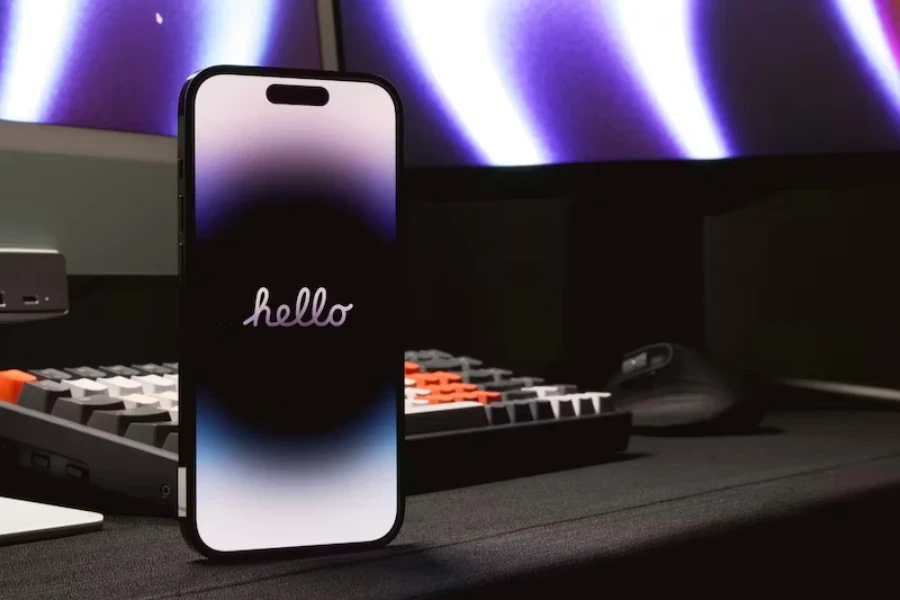
Apple’s iPhone 14 Pro has made waves in the 5G smartphone market. This device, with its Dynamic Island — a free-floating notch at the top of the screen — offers at-a-glance info, making it a standout feature. The always-on display, which is essentially a dim version of the lock screen, allows users to access real-time updates without any extra effort. Live Activities, an iOS 16 feature, provides live updates for time-sensitive events. These features, combined with the Dynamic Island and always-on display, have enhanced the iPhone 14 Pro’s user experience, making it a top choice for many professionals.
Google’s pixel revolution
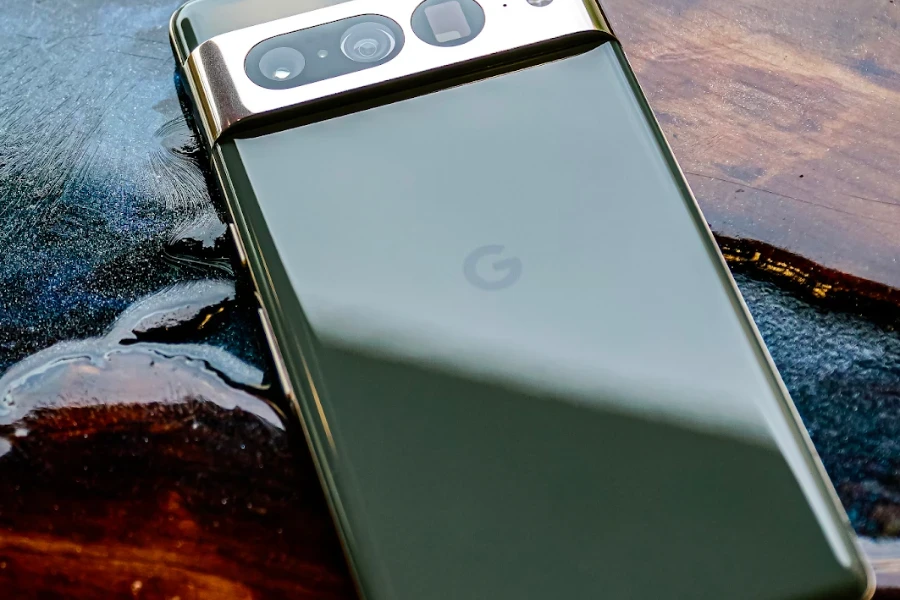
While Apple has its stronghold, Google isn’t far behind with its Pixel 7 Pro. Known for its seamless integration with Google services, the Pixel 7 Pro offers a unique blend of hardware and software optimization. Its camera capabilities, combined with the power of Google’s AI, make it a formidable contender in the 5G smartphone market. The device’s competitive edge lies in its ability to provide a pure Android experience, free from bloatware, ensuring smooth performance and timely updates.
Samsung’s innovations
Samsung, a pioneer in the smartphone industry, continues to innovate with its Galaxy S23. This device boasts a range of features that cater to the needs of professionals. From its DeX mode, which transforms the phone into a desktop-like experience, to its advanced camera system, the Galaxy S23 is a testament to Samsung’s commitment to pushing the boundaries of what a smartphone can do. Its advancements in display technology, battery life, and processing power make it a top pick for those seeking a blend of performance and aesthetics.
Emerging contenders
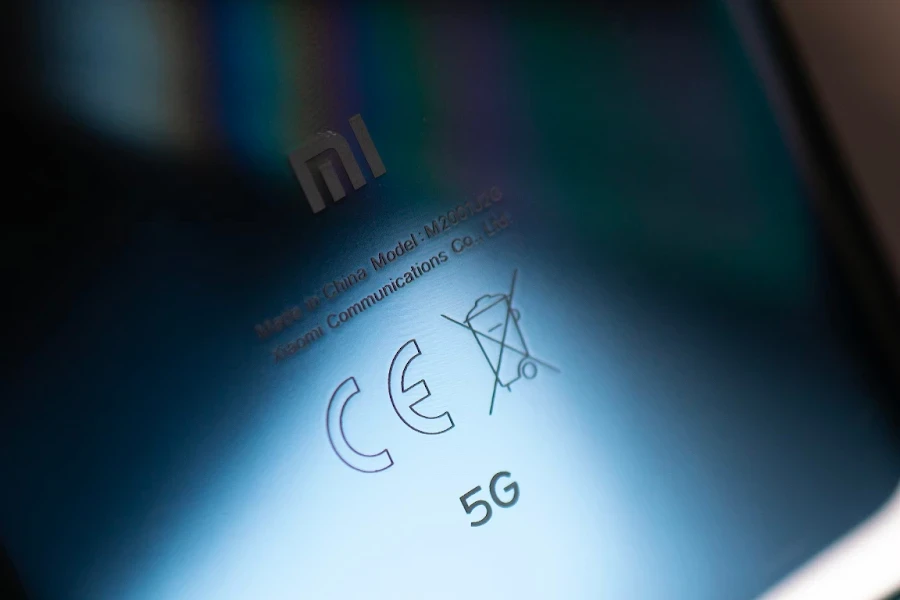
While the big players dominate the headlines, emerging brands are making their mark in the 5G smartphone arena. The Lenovo ThinkPhone by Motorola offers a robust set of features at a competitive price point, making it a viable option for businesses looking for cost-effective solutions. On the other hand, the OnePlus Nord N30 5G, with its emphasis on speed and performance, caters to professionals who demand the best from their devices without breaking the bank.
The 5G smartphone market is diverse, with each brand bringing its unique strengths to the table. As the demand for these devices grows, understanding the offerings of each brand becomes crucial for businesses looking to make informed purchasing decisions.
Decoding the best features for 2023
The smartphone industry has always been at the forefront of technological advancements, and 2023 is no exception. With the rise of 5G and the increasing demand for high-quality features, manufacturers are pushing the boundaries of what’s possible in a handheld device.
Camera capabilities
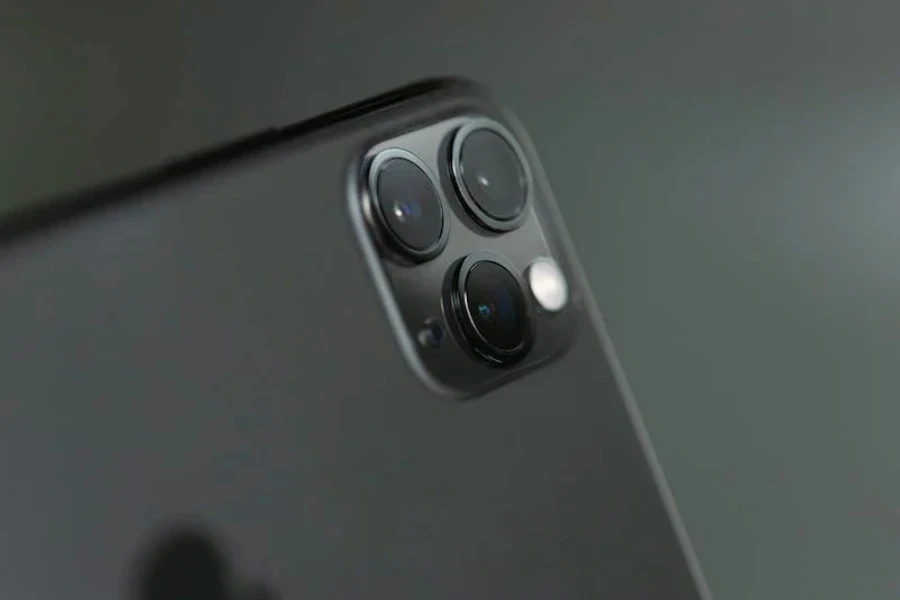
The gap between professional cameras and smartphone cameras is rapidly closing. According to Digital Trends, 2023 is witnessing various emerging trends that could see mobile phones replacing DSLR cameras. One of the significant advancements is the introduction of 1-inch sensors, which are becoming mainstream. These sensors are larger and can capture more light, resulting in better image quality. Additionally, the megapixel wars continue with the introduction of 200MP cameras, which offer detailed and sharp photos, especially with advancements like Samsung’s “Front Deep Trench Isolation” technology.
Processor performance
It’s worth noting that the performance of a smartphone is heavily reliant on its processor. With the introduction of chips like the A16 Bionic and Qualcomm Snapdragon 8 Gen 2, smartphones in 2023 are expected to handle multitasking, gaming, and other intensive tasks with ease.
Battery life and charging
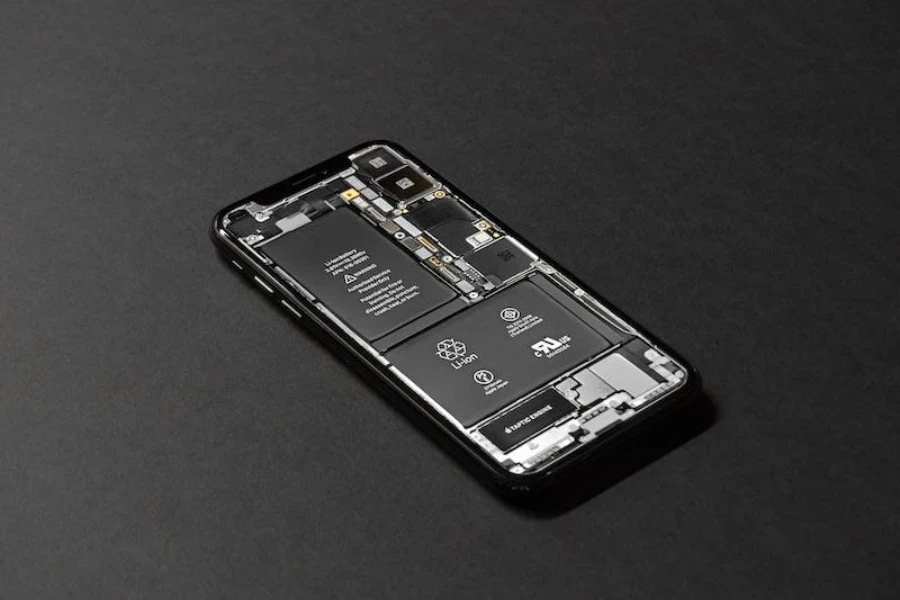
Fast charging has become a staple feature in modern smartphones. As devices pack more power and features, the demand for longer battery life and quicker charging solutions has increased. It’s evident that manufacturers are focusing on optimizing battery performance and introducing faster charging technologies to cater to users’ needs.
Design and user experience
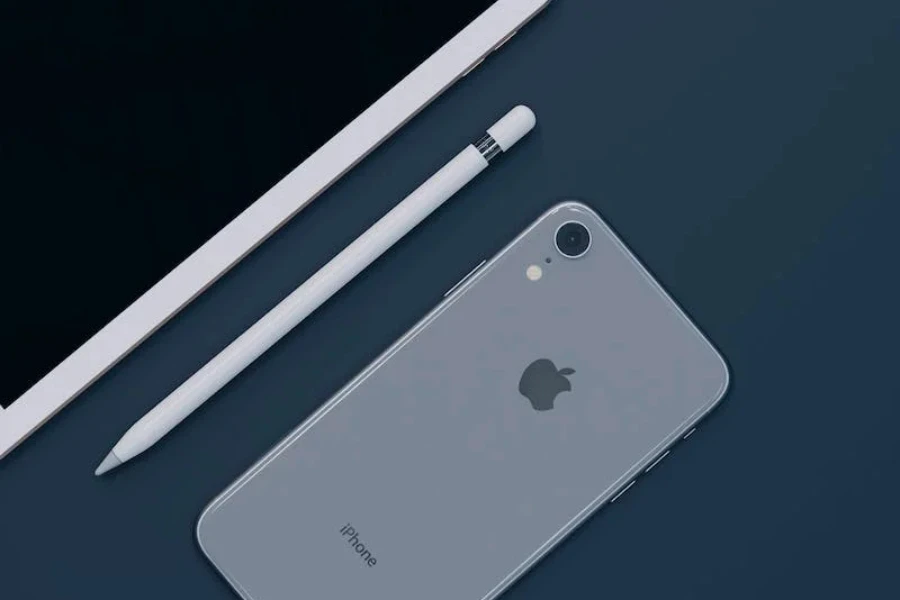
The design of a smartphone goes beyond its aesthetic appeal. It encompasses the user experience, the placement of buttons, the responsiveness of the touch screen, and the overall feel of the device in one’s hand. Innovations like the Dynamic Island are not just about looks but about enhancing the user’s interaction with the device. As smartphones become more feature-rich, ensuring a seamless and intuitive user experience is paramount.
Conclusion
Staying updated with the latest trends in the 5G smartphone arena is crucial for online retailers. As the landscape evolves, understanding the best features and what consumers are looking for can make the difference between a successful product line and one that falls behind. From camera advancements to processor performance, 2023 is shaping up to be a pivotal year in smartphone innovation. For online retailers, this means being prepared to offer the best devices that cater to the modern consumer’s needs and desires.



